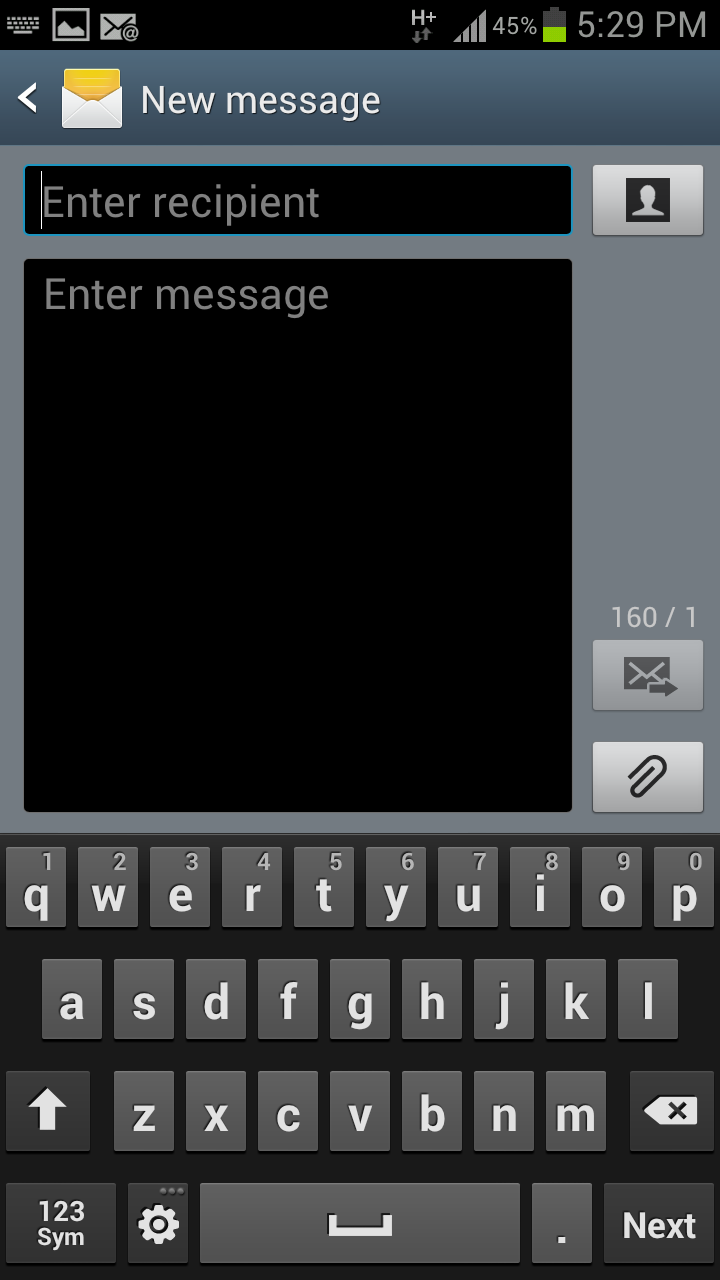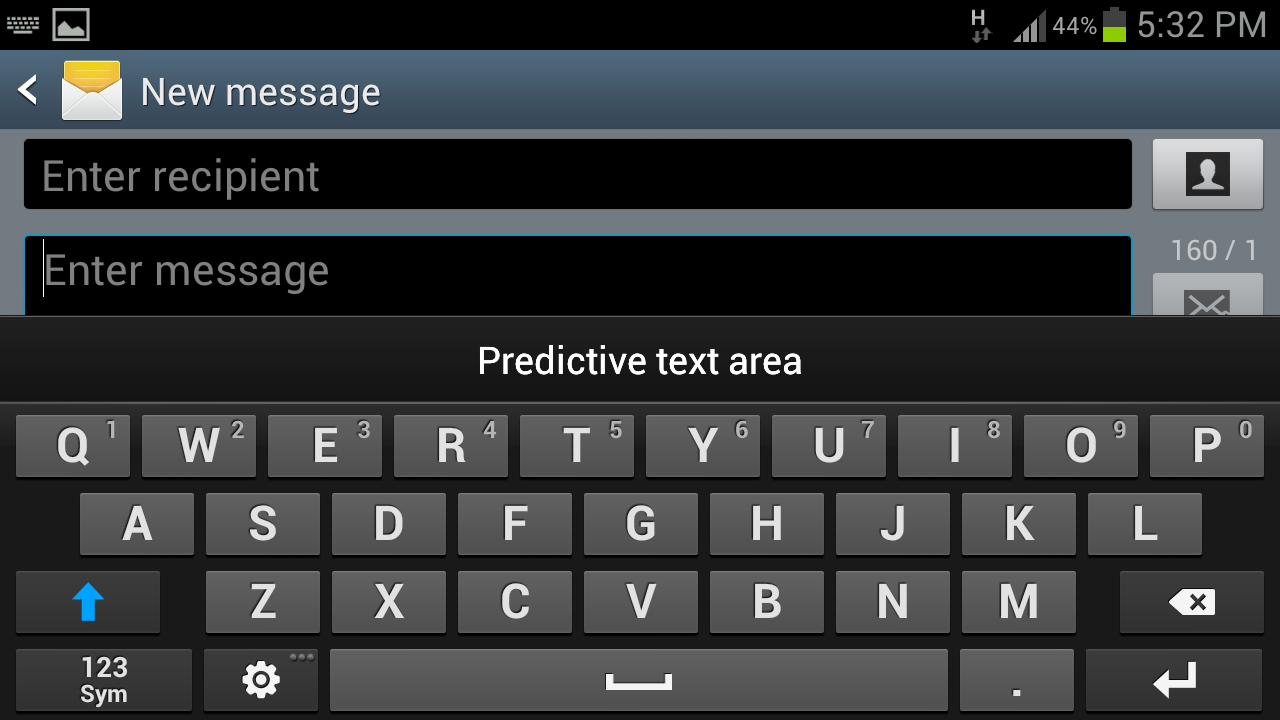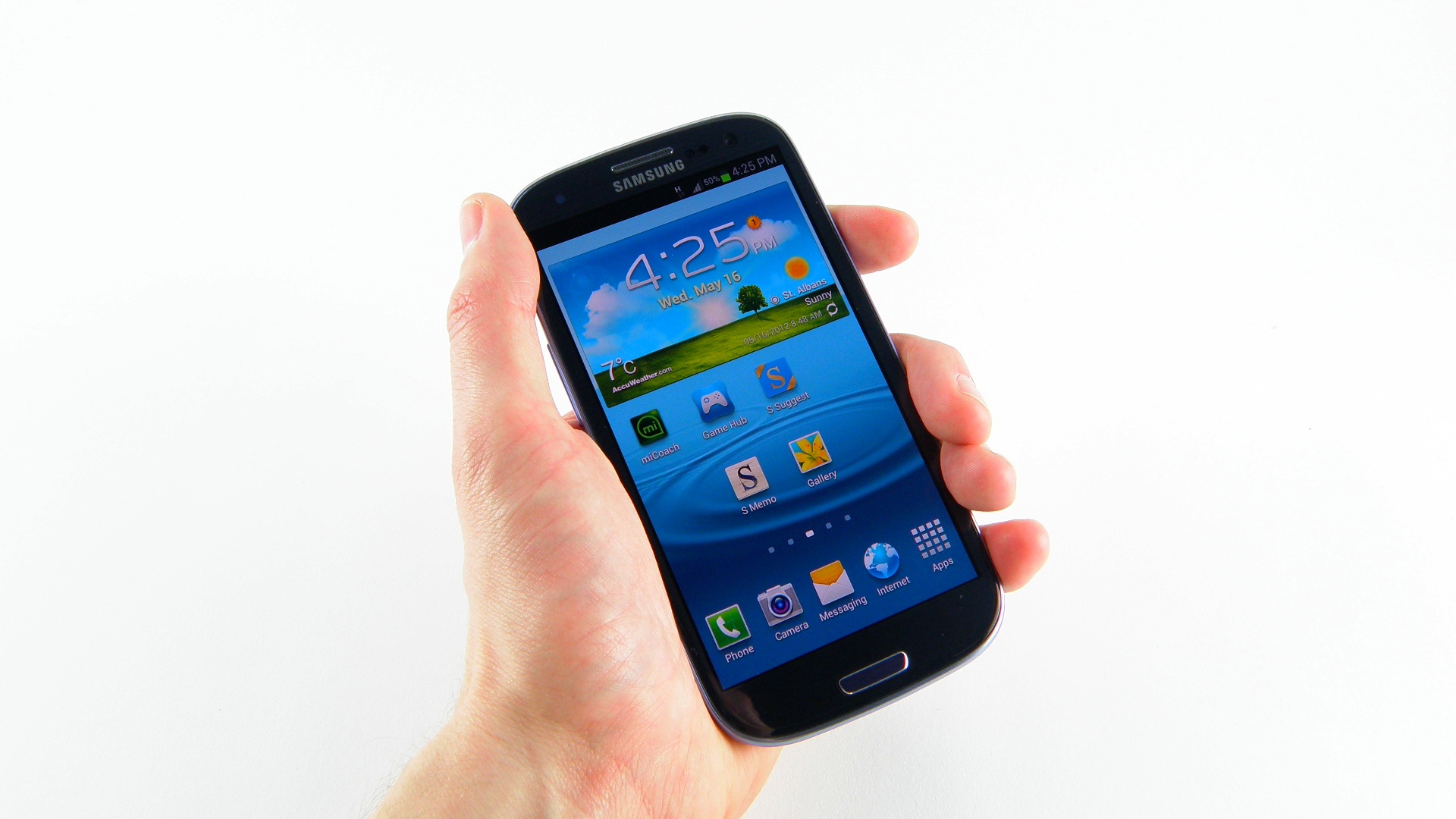Why you can trust TechRadar
There are some that say that messaging isn't important on today's smartphones – but then again, there are some that say the moon is made of cheese and dinosaurs didn't exist.
The Samsung Galaxy S3 is one of the best messaging devices around – although we're saying that about a lot of smartphones at the moment such is their prowess at talking to another person.

The Galaxy S3 comes complete with a large number of ways to talk to your buddies in much the same way Android phones have been doing for years. This means that you can email, SMS, message and IM all from within the phone.
It's nothing new, but then again, it's a system that worked pretty well as it was with stock Android so Samsung hasn't changed it too much.
The messaging system on the Samsung Galaxy S3 is very similar to previous version, but with the added element of making messages wider, so you can see more easily the words you've been sent. This is on top of other fun elements, like being able to set a background picture on the messaging screen and being able to alter the style and colour of the speech bubbles for the conversation mode.
The messaging system looks much the same as before, with yellow and blue conversation bubbles the order of the day. You can also check to see if your Android-powered buddies are online through a little green dot next to their name in the contact list – this signifies if they're available through GTalk.
You've also got ChatON as standard with the Galaxy S3 - this is Samsung's version of BBM and is designed to allow you to talk to others on Samsung devices with the app installed. We struggled to find many friends running the service though - even those with Samsung phones didn't have the app enabled or downloaded.
And let's not forget about Google+ here - it's very well-designed and allows easy updating of your photos and such thanks to tight integration. However, being able to talk to these people using the separate Messenger app is difficult, as you're never sure who's online, unlike Google Talk.
The keyboard, like its predecessor, is not quite up to the task at the moment. We're talking shades of grey here, as many will find it quite adequate, but in our opinion the level of accuracy when tapping out a message isn't always the greatest.
Also, the predictive text option could still do with a lot of work, getting nowhere near to the accuracy of the likes of the HTC stock keyboard or third party options like SwiftKey.
The new software update adds in a new keyboard - nothing in terms of functionality, but the keys are more rounded and look a little nicer on screen. The message box for new messages is now smaller, and you can delete individual messages.
It's nothing ground breaking but adds to the overall sheen of the app.

There are a couple of nice touches in here, in that you can use the Swype-like method of drawing a line from one word to the next to send a missive, which is pretty accurate when used slowly enough. Plus there's the nifty notion of being able to swipe the whole keyboard from right to left to open up the symbols section for ease of question mark-ery.
Then there's the notion of voice recognition for dictating your messages, which is a neat idea and one that Google's been floating around for a while.
There are actually two versions of the recognition software on the Samsung Galaxy S3: one from Google, and one from Samsung's Vlingo software. We noticed greater accuracy with Google's offering, plus the fact it will convert your speech in real time and will give corrections too.
You can also use the handwriting software too – but that's painfully slow and probably more useful for certain characters instead.

The landscape mode of the keyboard makes the characters easier to hit, but the problem is the size of the phone, meaning you may struggle to get up a good flow with the handset wiggling a little between your palms.
There's also a nifty feature within the People tab allowing you to send group emails or texts simply by checking the people you want to include - you have to dig a little to find it, but it's a nice feature.
When it comes to email, there are two options on offer – the standard Samsung client and GoogleMail for, well, GoogleMail stuff.
We'll go through the former first – it's a big improvement on the, at times, hotch-potch mess of the S2 (although this was fixed in the ICS update). It works as an email client should now, although there's nothing in the way of fancy animations.

The layout is much simpler, allowing you to select messages and see who they're from. We don't really need too much more from our email software, and the fact you can actually see your emails when you want to makes it a big improvement over the original version from the old phone.
There's also the option to see said mails in either the standard chronological view or grouped together as conversations – although in this mode the experience is better on nearly all other platforms.
Plus you can move from one email to another by swiping as well - although if it's one that extends off the side of the screen, this motion can be hard to activate.
However, you can group every email account you've got into one easy to read space – whether you'll want the hassle is up to you, but it's a nice option to have.
Although if we're honest, it's still one of the poorer email apps on an Android phone. It doesn't hold a candle to the offerings on the iPhone, HTC One range or the Windows Phone inbuilt offering, as it constantly brings non-updates or just fails to connect to servers.
Again, it's a lot better - but Samsung had better bring its email A-game for the Galaxy S4.
The Gmail client is a different kettle of fish; common across all newer Android devices, this app uses some nifty animations, clever tags and large fonts to make swiping around messages very easy.
The only problem is HTML files don't display automatically – it would be nice to have something that allows you to add safe senders without having to allow them each time.

Gareth has been part of the consumer technology world in a career spanning three decades. He started life as a staff writer on the fledgling TechRadar, and has grew with the site (primarily as phones, tablets and wearables editor) until becoming Global Editor in Chief in 2018. Gareth has written over 4,000 articles for TechRadar, has contributed expert insight to a number of other publications, chaired panels on zeitgeist technologies, presented at the Gadget Show Live as well as representing the brand on TV and radio for multiple channels including Sky, BBC, ITV and Al-Jazeera. Passionate about fitness, he can bore anyone rigid about stress management, sleep tracking, heart rate variance as well as bemoaning something about the latest iPhone, Galaxy or OLED TV.
